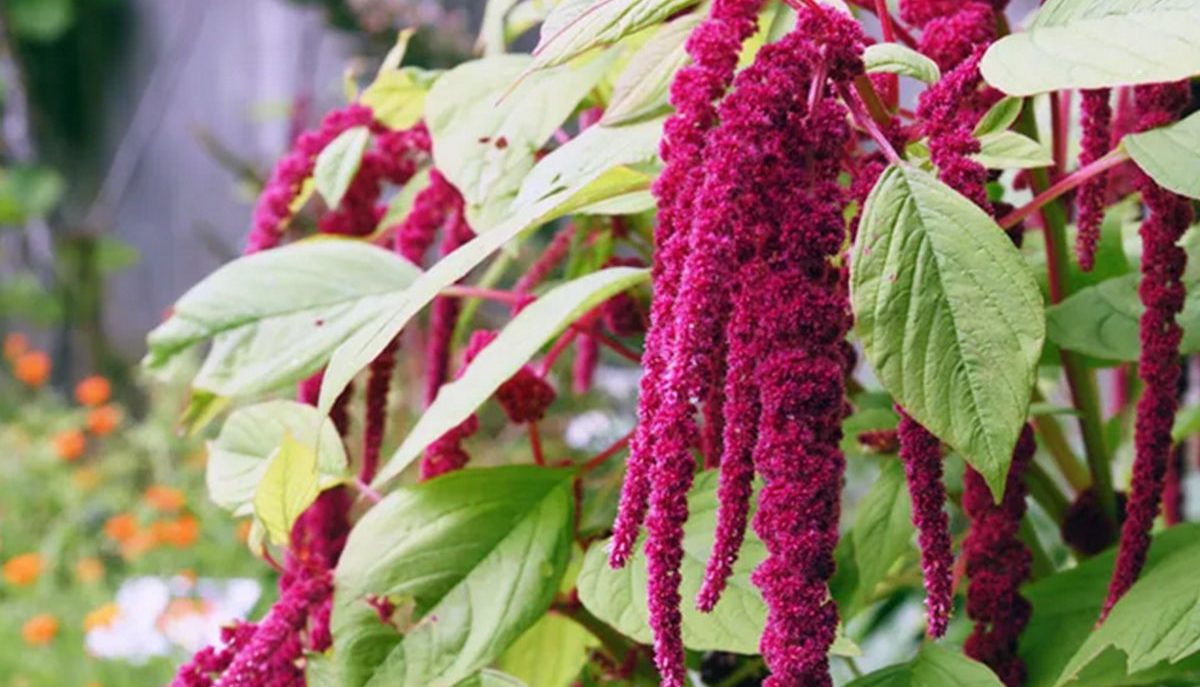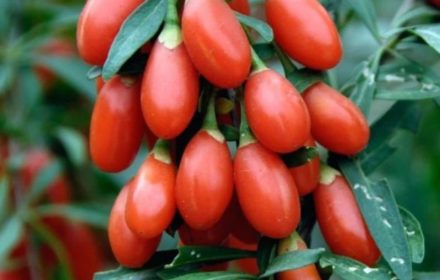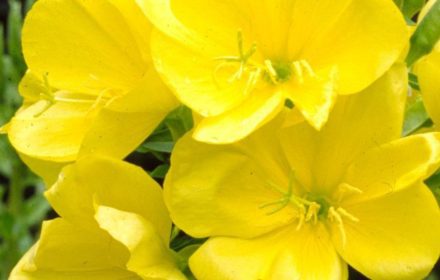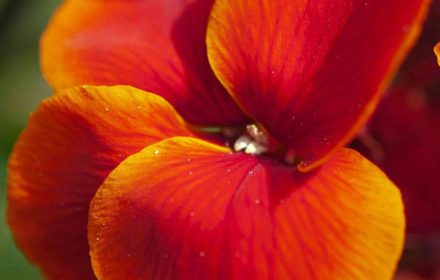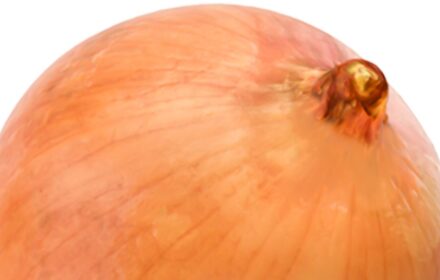How to Sow British Red Amaranthus Seeds
British Red Amaranthus is a striking edible plant known for its cascading red tassels and leafy green foliage. Growing up to 150 cm (5 feet) in height, it makes a bold statement in gardens, containers, and even indoors in conservatories or greenhouses. Also known as Caudatus Red or Love Lies Bleeding, this versatile plant originates from Central America and is cultivated for both ornamental and culinary purposes. Its leaves, stems, and seeds are all edible, commonly used in salads, soups, and grain-based dishes.
When and Where to Sow British Red Amaranthus Seeds
- Indoor Sowing: Start seeds indoors from early spring (March to April) to give plants a head start. Sow in pots, containers, or seed trays and place in a greenhouse or on a sunny windowsill.
- Outdoor Sowing: Direct sow outdoors from late spring to early summer (May to June) once the risk of frost has passed. Choose a warm, sunny, and well-drained location for best growth.
Ideal Growing Conditions for British Red Amaranthus
- Soil Requirements: Prefers light, well-drained, fertile soil enriched with organic matter. Ensure soil is loosened and free from weeds before planting.
- Sunlight: Requires full sun for optimal growth and vibrant colour.
- Temperature: Ideal germination temperature: 18-24°C (64-75°F). Young seedlings need protection from cold temperatures and late frosts.
How to Sow British Red Amaranthus Seeds Indoors
- Prepare Containers: Fill seed trays or small pots with fine, well-draining seed compost.
- Sowing Depth: Sow seeds 2 mm deep, pressing them gently into the soil without burying them too deeply.
- Watering: Keep the compost evenly moist but not waterlogged. Cover trays with a clear plastic wrap or glass to retain humidity until seedlings emerge.
- Germination Conditions: Place in a warm, bright location (18-24°C). Germination occurs within 7-14 days under ideal conditions.
- Thinning Seedlings: Once seedlings appear, remove the weakest ones to allow stronger plants to thrive.
How to Sow British Red Amaranthus Seeds Outdoors
- Soil Preparation: Work the soil to a fine tilth and mix in compost or well-rotted manure for added nutrients.
- Sowing Depth: Scatter seeds on the surface and cover lightly with fine soil.
- Spacing: If growing in rows, space plants 30-45 cm (12-18 inches) apart.
- Watering: Water gently after sowing and keep the soil moist but not soggy.
Caring for British Red Amaranthus Plants
- Watering: Water regularly, particularly in hot weather, but avoid overwatering as amaranthus is drought-tolerant once established.
- Fertilising: Apply a general-purpose fertiliser once during early growth for stronger stems and healthier foliage.
- Weeding and Mulching: Keep the area weed-free and apply a thin layer of mulch to retain soil moisture and suppress weeds.
- Supporting Tall Plants: If grown in exposed areas, stake tall plants to prevent them from toppling in strong winds.
Harvesting British Red Amaranthus
- When to Harvest: Leaves can be harvested from 30 days after sowing for fresh greens. Tassels and seeds mature after 90-120 days.
- How to Harvest: For leaves, pick young, tender leaves for the best flavour. For seeds, allow tassels to dry on the plant, then shake to release seeds.
Common Questions About Growing British Red Amaranthus
- Can I grow red amaranthus indoors year-round? Yes, amaranthus can be grown indoors in a greenhouse or conservatory where it gets ample sunlight.
- When is the best time to sow red amaranthus outdoors? Sow directly outdoors in late spring or early summer (May to June) when the soil is warm.
- How do I harvest amaranthus seeds? Once tassels dry out, cut them and shake them over a tray to collect the seeds for cooking or future planting.
- Is red amaranthus drought-tolerant? Yes, once established, it requires minimal watering, but consistent moisture is beneficial in early growth stages.
- How long does it take for red amaranthus to germinate? Under optimal conditions (18-24°C), seeds will germinate in 7-14 days.
By following these steps, you can successfully grow British Red Amaranthus in your garden or home, enjoying its ornamental beauty and edible harvest throughout the season.

